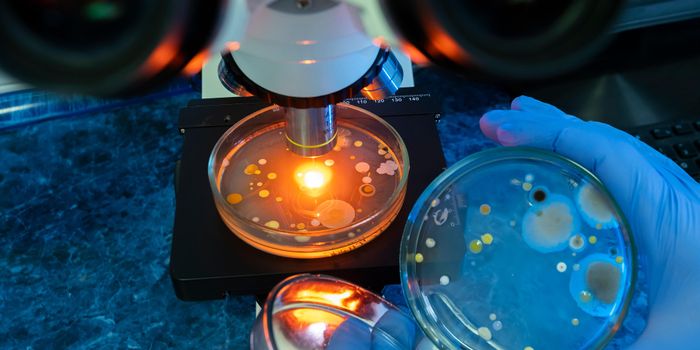Opioid addiction is a huge problem, with about 2 million Americans suffering from addiction to prescription pain relievers and another approximate half million suffering from heroin addiction. These numbers may seem small compared to the total population of the U.S., but this opioid problem has contributed greatly to drug overdoses becoming the leading cause of accidental death. Of the 47,055 fatal drug overdoses that occurred in 2014, 29,467 of them were a result of some kind of opioid overdose. Deaths due to opioids have been on the rise since the advent of “designer opioids,” such as fentanyl analogs. This trend started back in the 1980s when α-methylfentanyl a.k.a. “China white” hit the scene and caused a surge in fatal overdoses. Fentanyl, a prescription drug that by itself is 10 times more potent than heroin, is very easily synthesized and so there are many fentanyl analogs on the market. Unfortunately, these analogs can be even more potent than fentanyl and they are frequently used to cut heroin, upping the potential for overdoses.
Naloxone is a competitive antagonist with opioids at the μ-opioid receptor and it is capable of reversing an overdose when administered right away. Distributing naloxone kits to those at risk of overdose and their friends and family has helped cut down on deaths due to opioid overdose, but what if there was something that could prevent an overdose from happening in the first place?
Researchers at The Scripps Research Institute have recently published a paper in
Angewandte Chemie on their vaccine to combat opioid addiction and overdose. It is an active vaccine that was created by conjugating fentanyl to a larger protein and that complex is what stimulates antibody production. Fentanyl is a small molecule and not capable of eliciting an immune response by itself, so it is called a “hapten.” All of the experiments in this paper were done in mice, but the results are very promising.

Vaccinated mice were able to handle doses of fentanyl that had a 55% mortality rate in unvaccinated mice. The anti-fentanyl antibodies bind the drug and sequester it in the blood serum. The serum antibodies of the vaccinated mice bound approximately 45 times as much drug as the serum of unvaccinated mice, which translated to less fentanyl reaching the brain of vaccinated mice. Opioids are fatal because they cause respiratory depression/arrest, so if less opioid is reaching the brain, there is a lesser chance of respiratory failure. The vaccine the researchers created and tested generated antibodies against fentanyl and its analogs, but did not cross-react with methadone or oxycodone. This is actually an important point because, for this kind of treatment to be clinically viable, it has to leave some potent pain relievers available for use in case the patient needs surgery or something like that. The main difference between an opioid vaccine and naloxone is that the vaccine is preventative while naloxone is mostly reactive. Naloxone can be used in conjugation with opioids to help wean patients off the drugs, but administering the vaccine could provide the same effect and also help to maintain abstinence.
Basically, a vaccine for opioid addiction and overdose would help a lot of people and save a lot of lives. Even though this vaccine is still in the early stages of development, I look forwarding to following this line of research because I think it has the potential to go all the way to the clinic.
Sources:
Angewandte Chemie,
EurekAlert, WHO, and
ASAM









